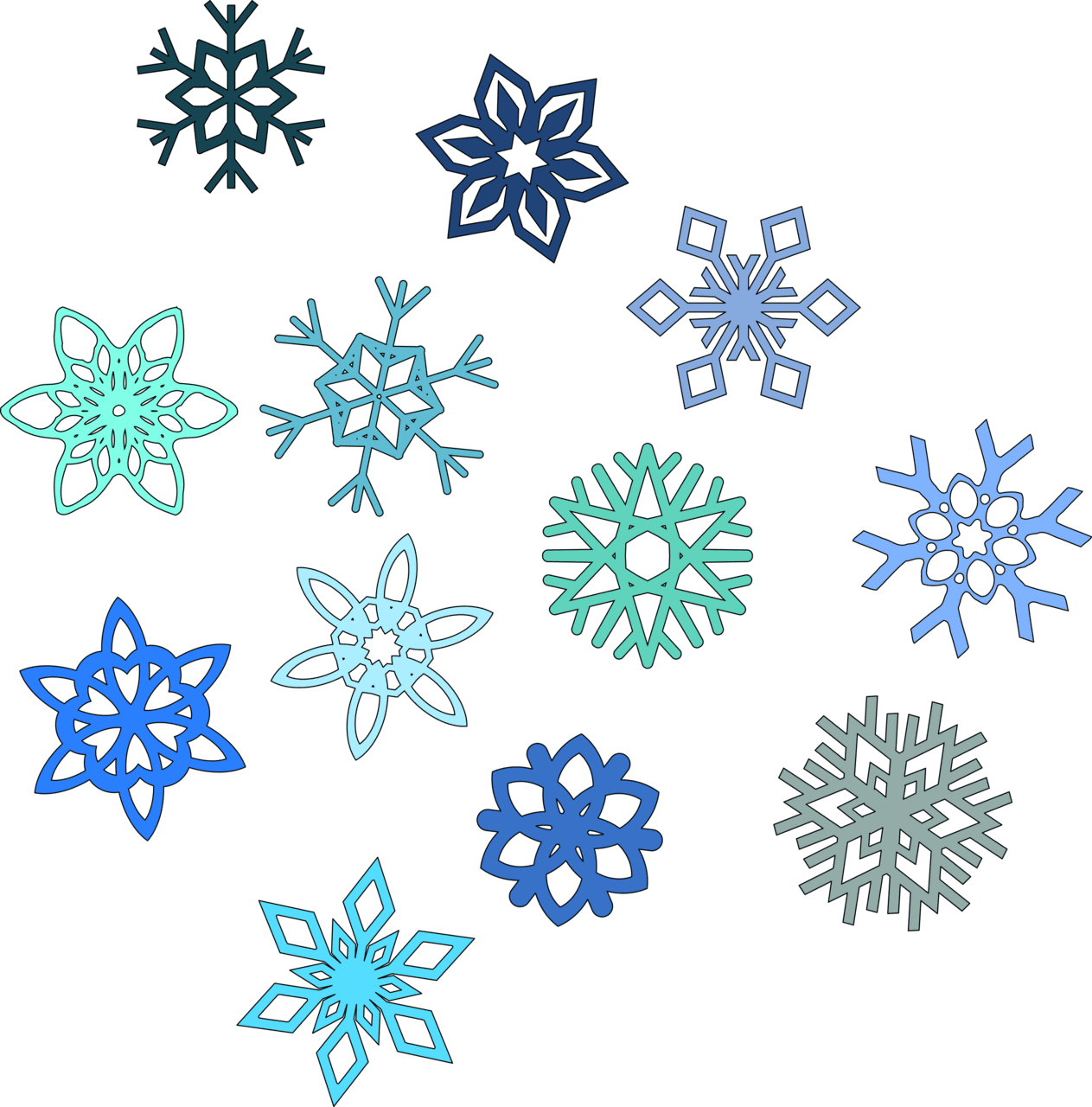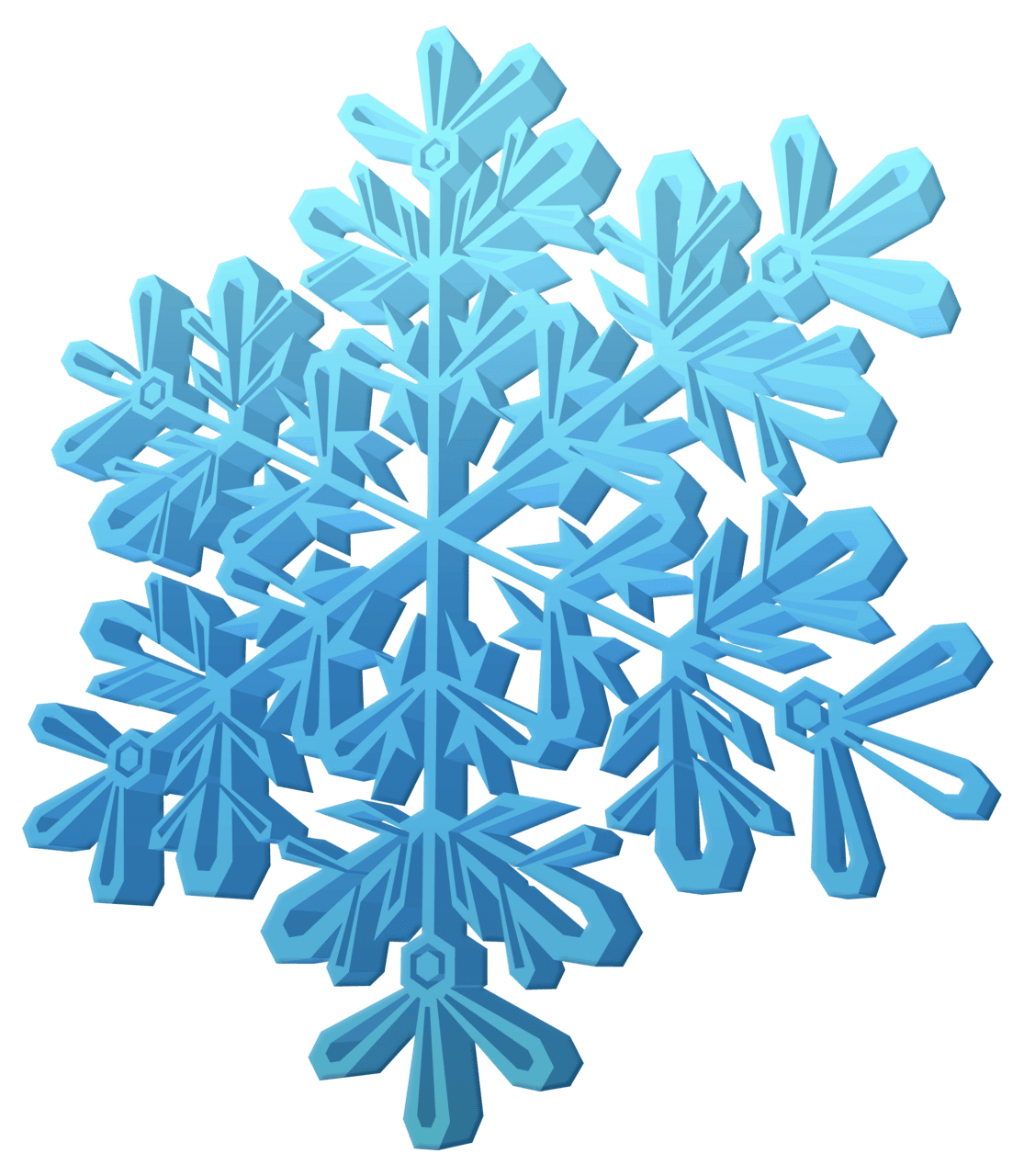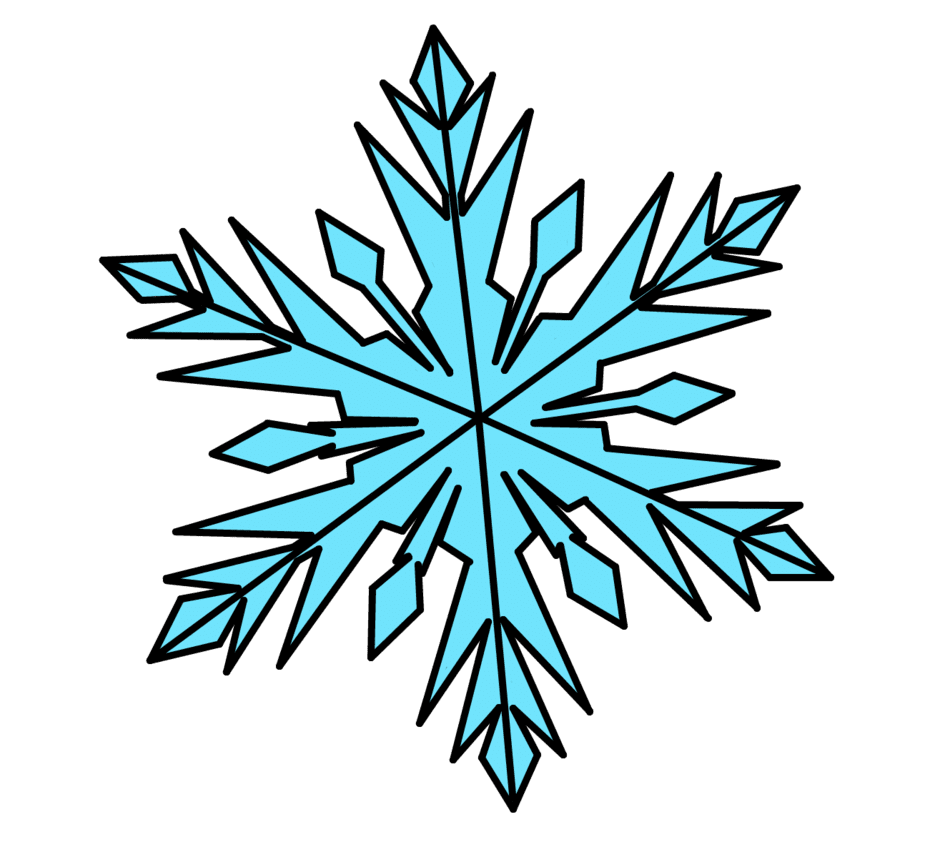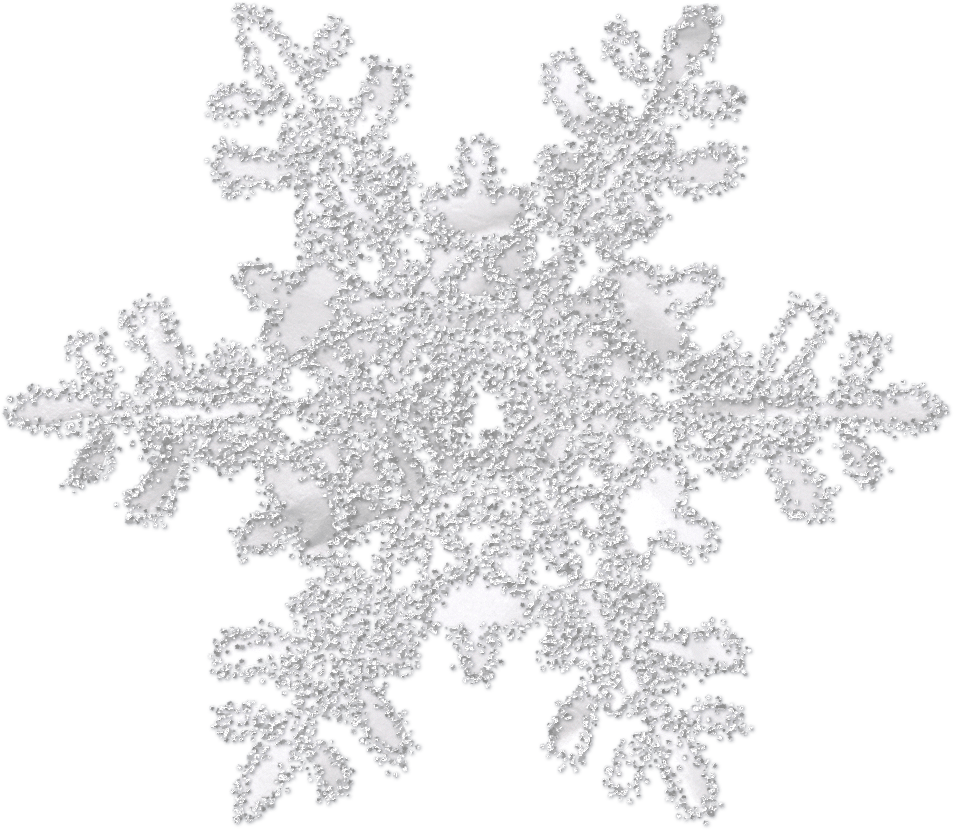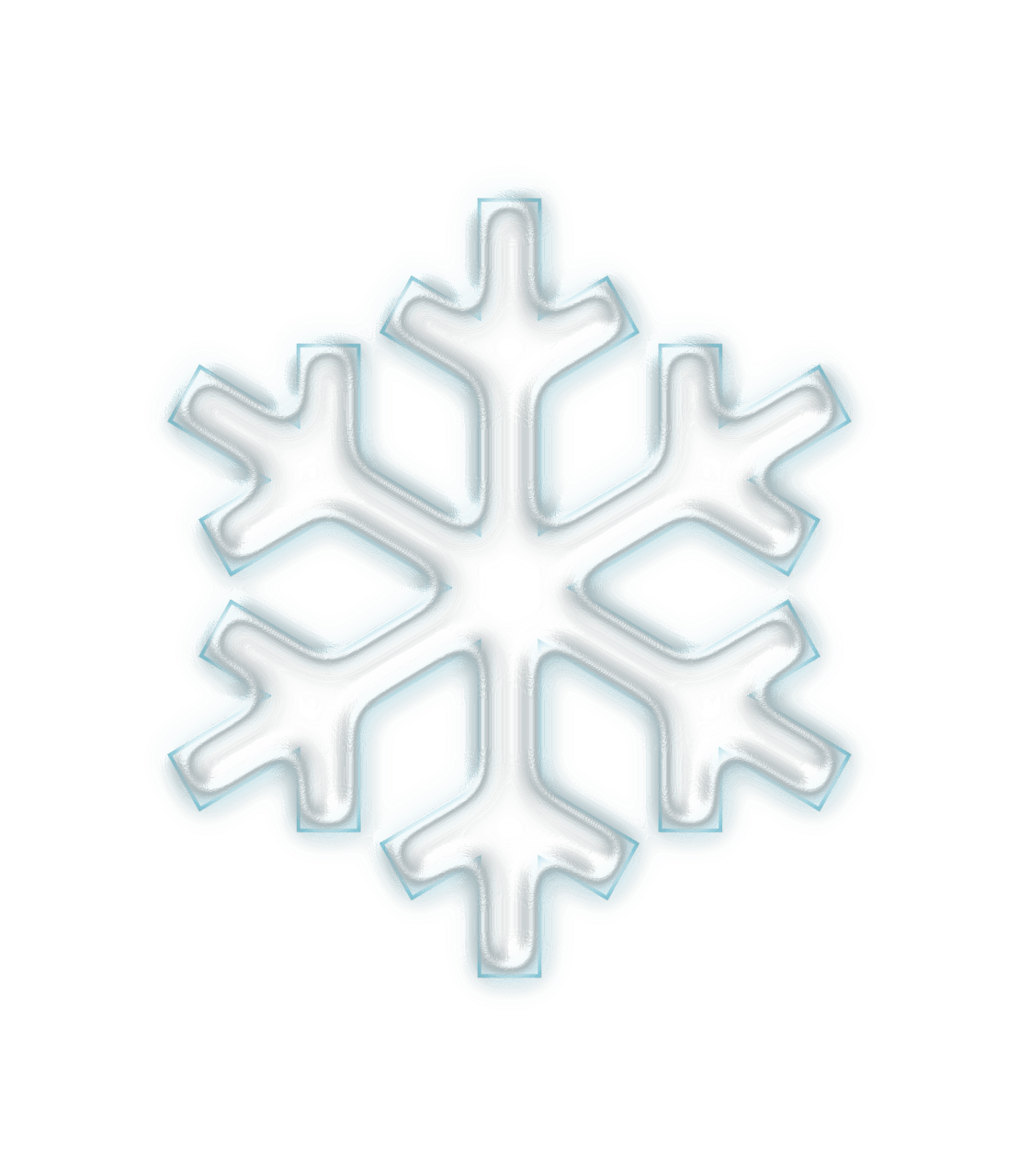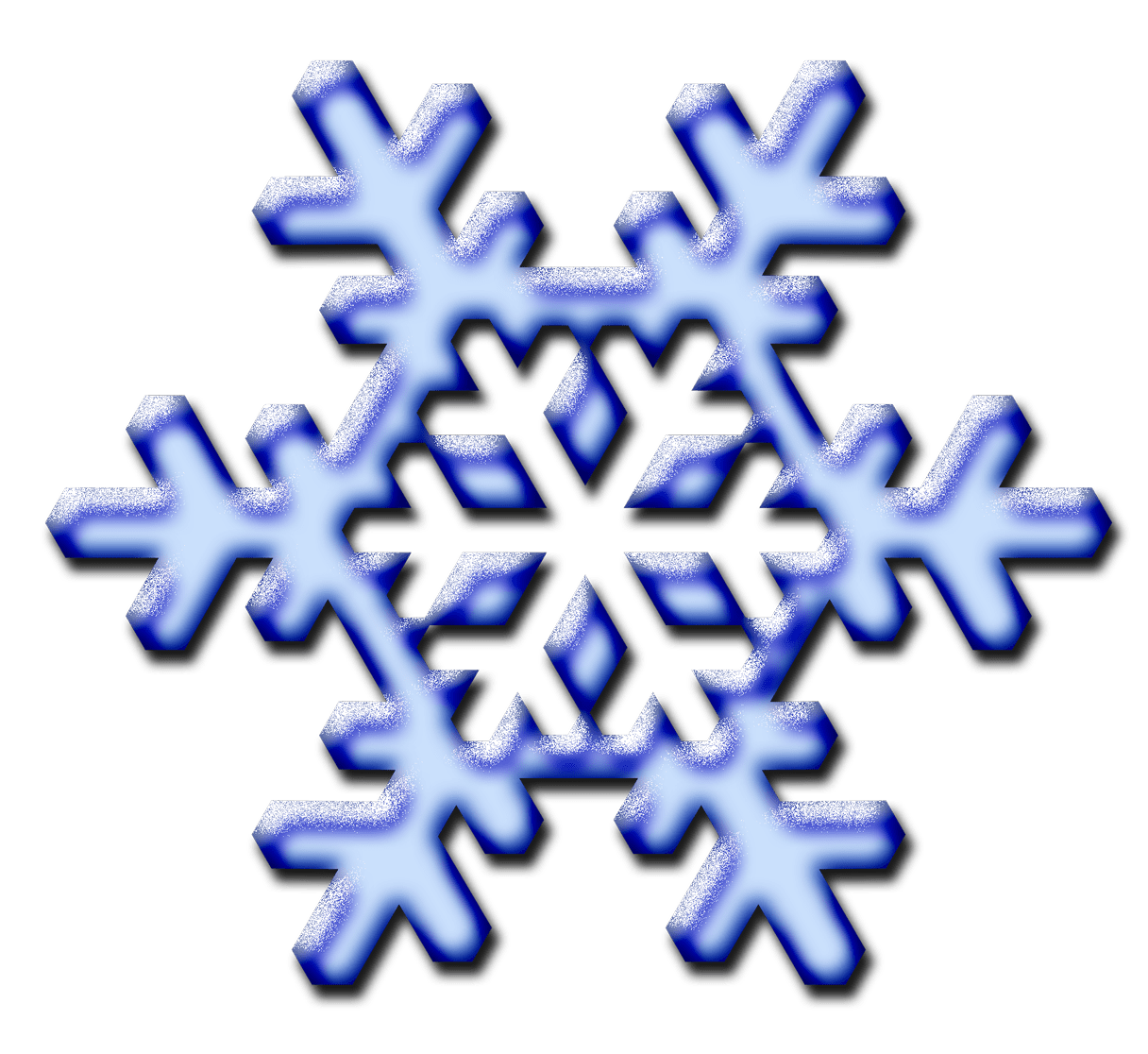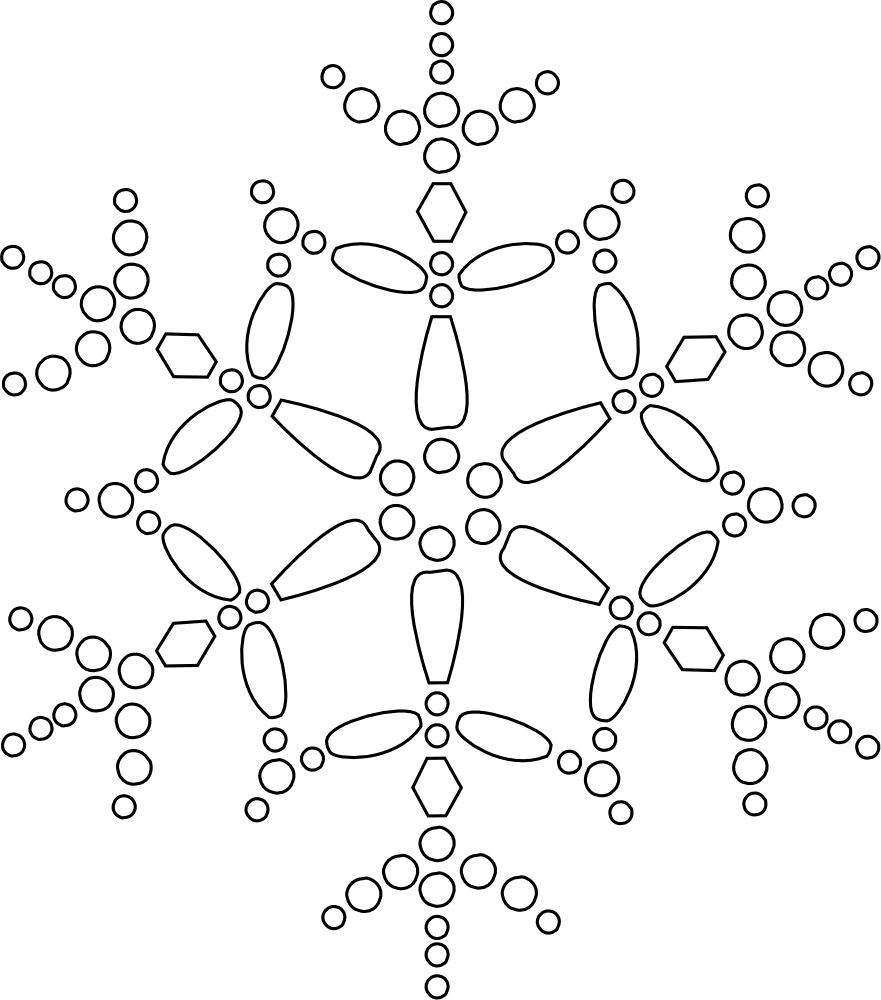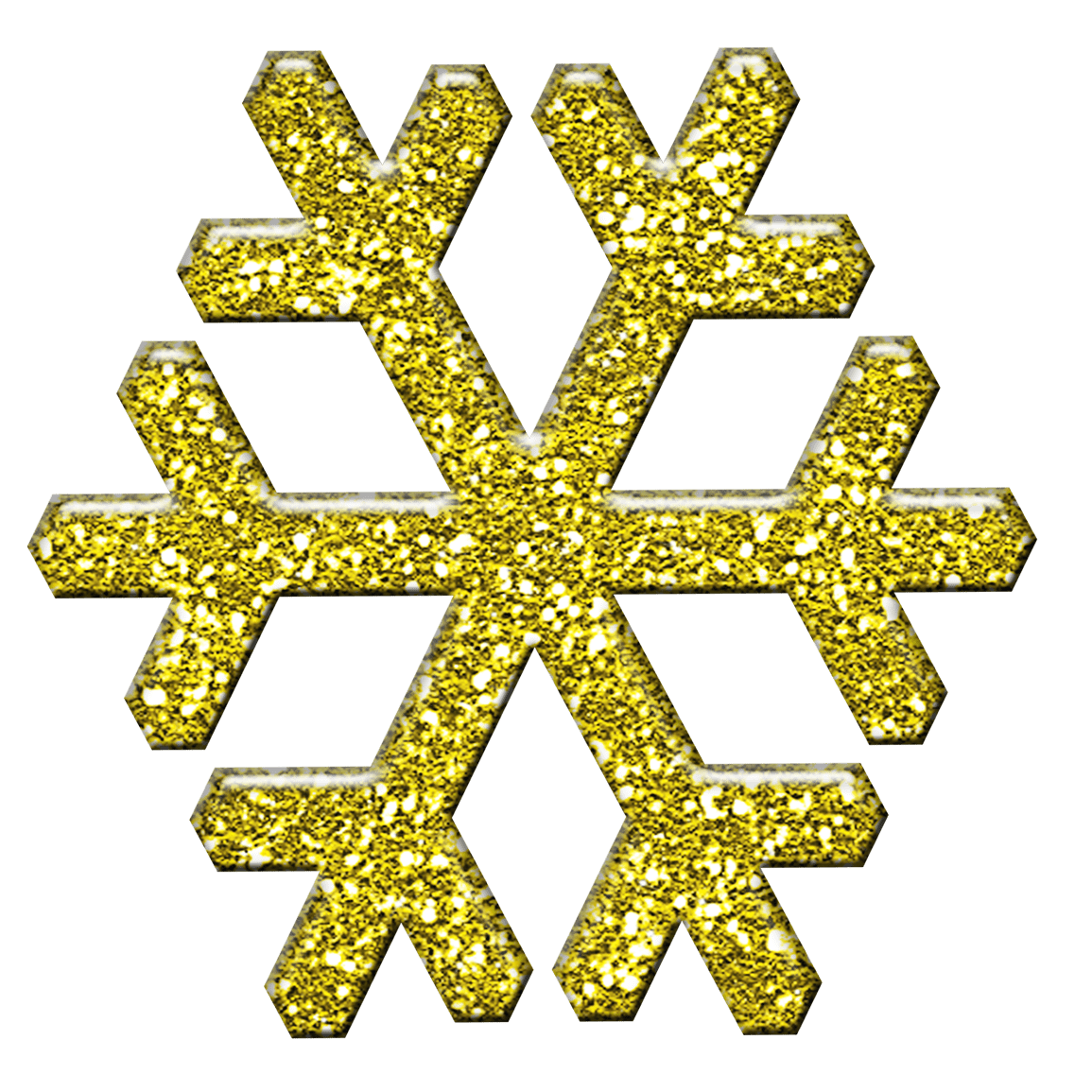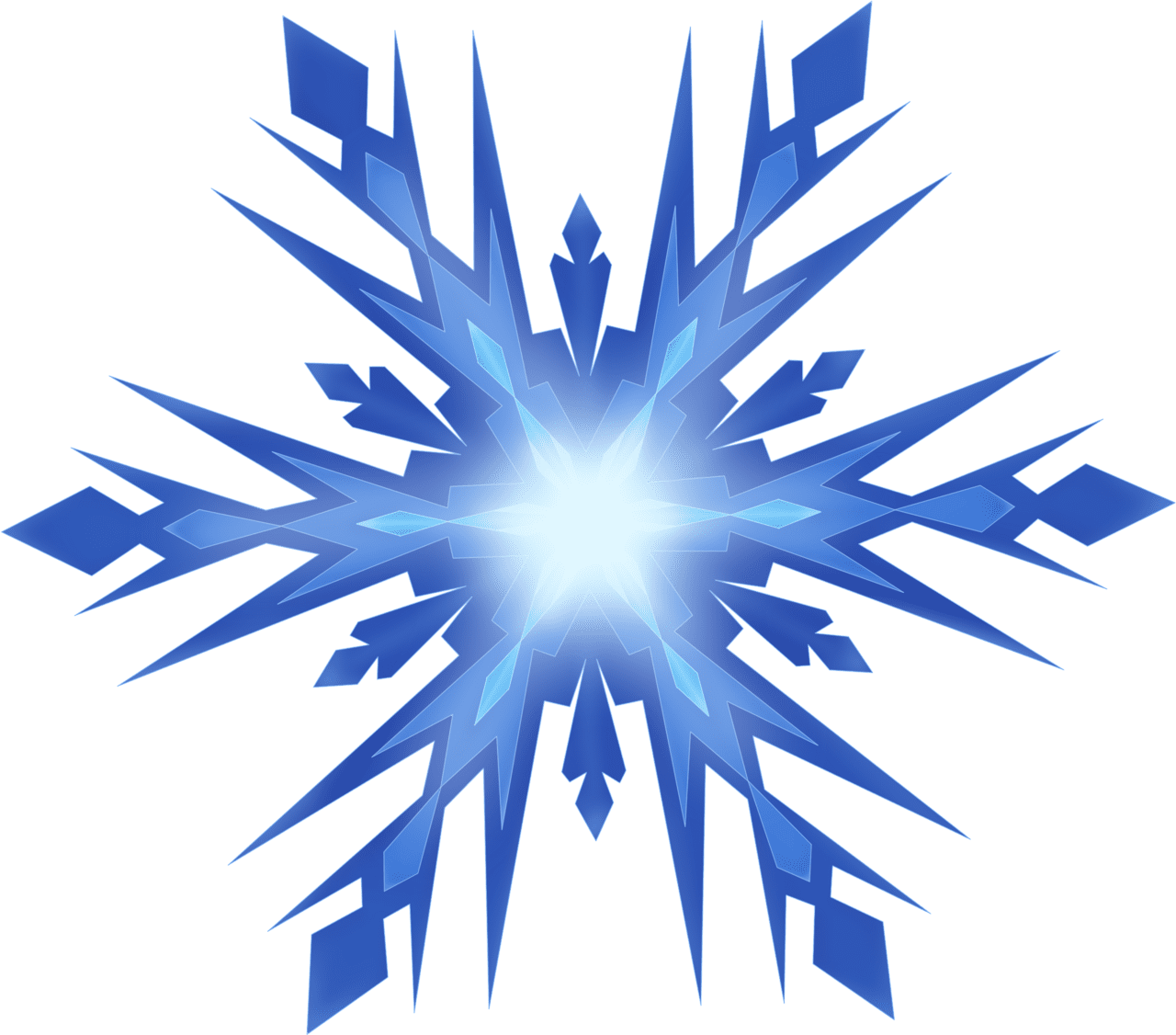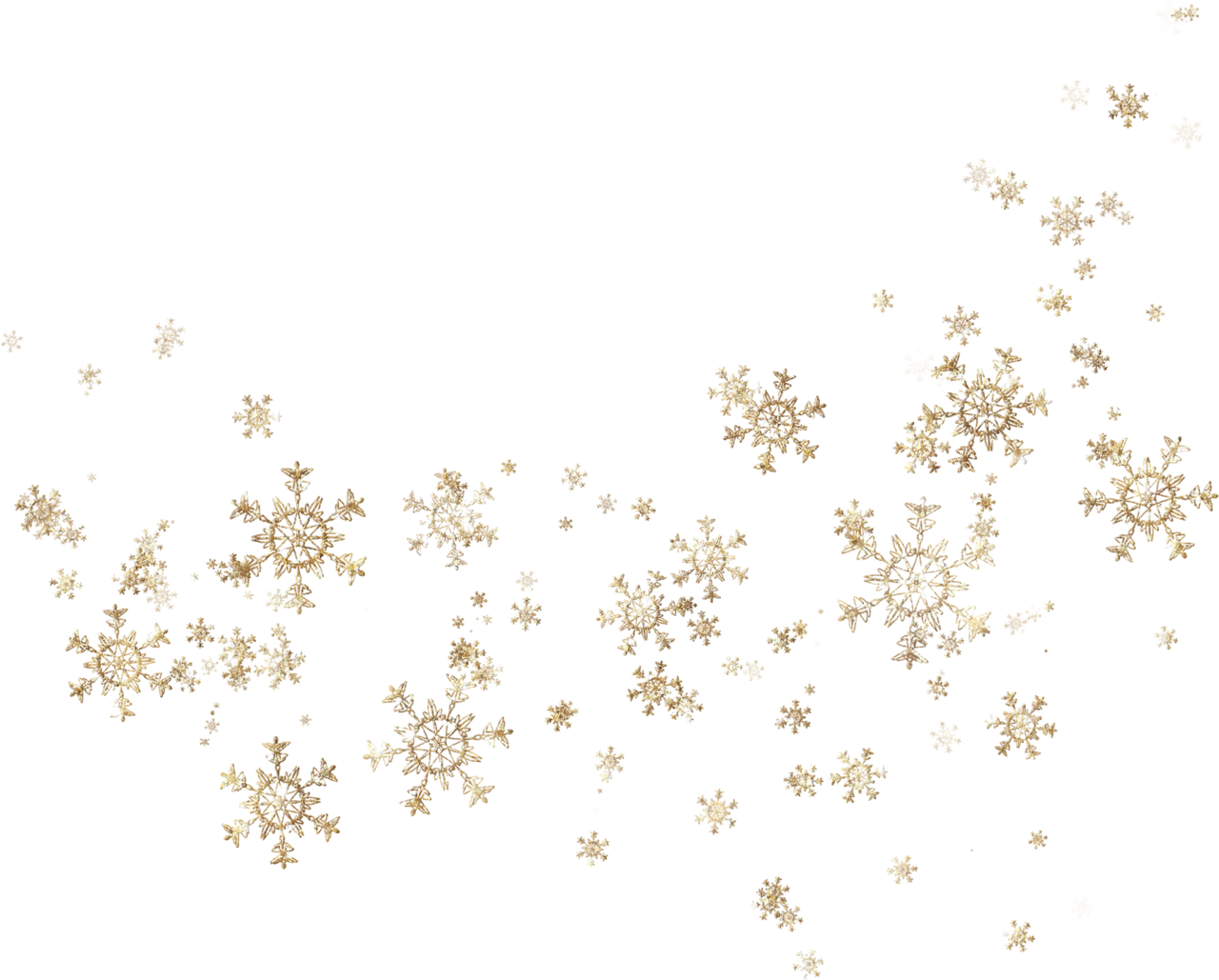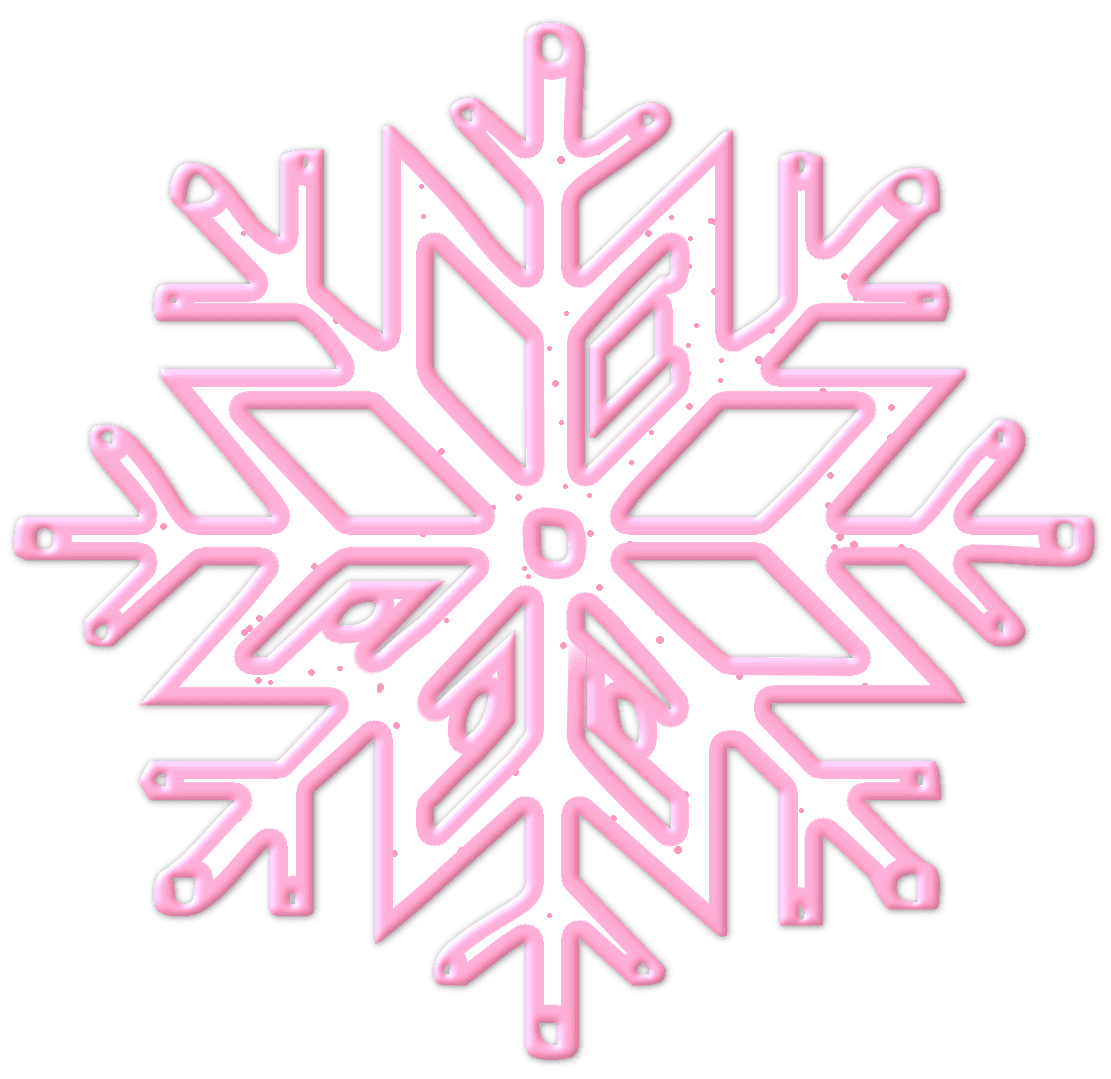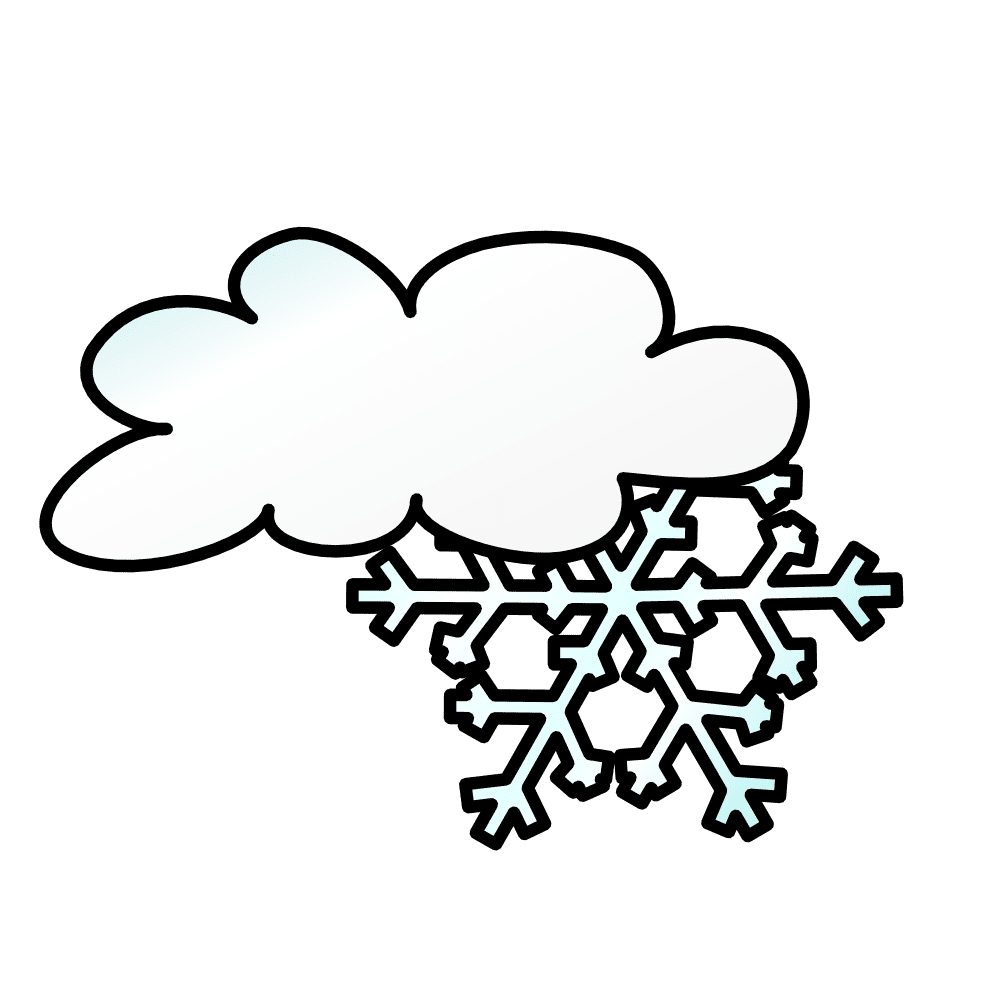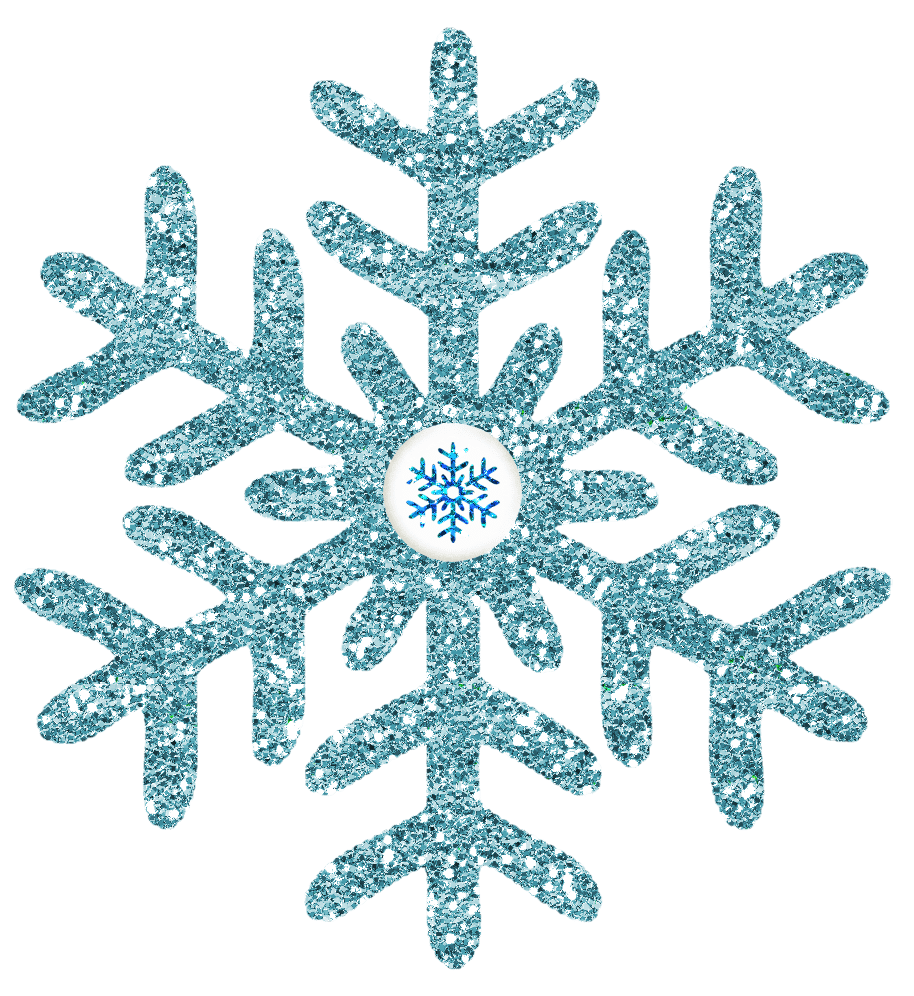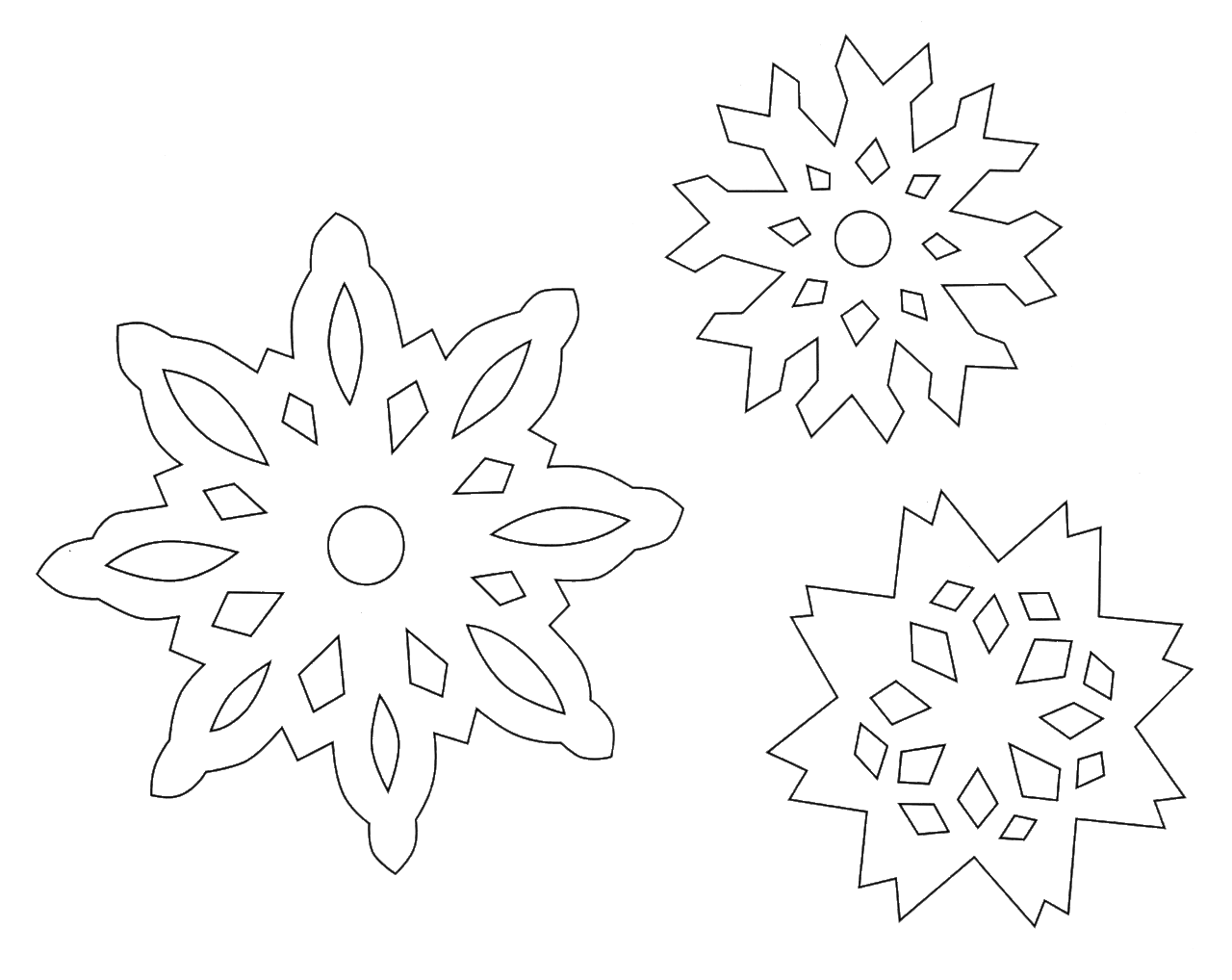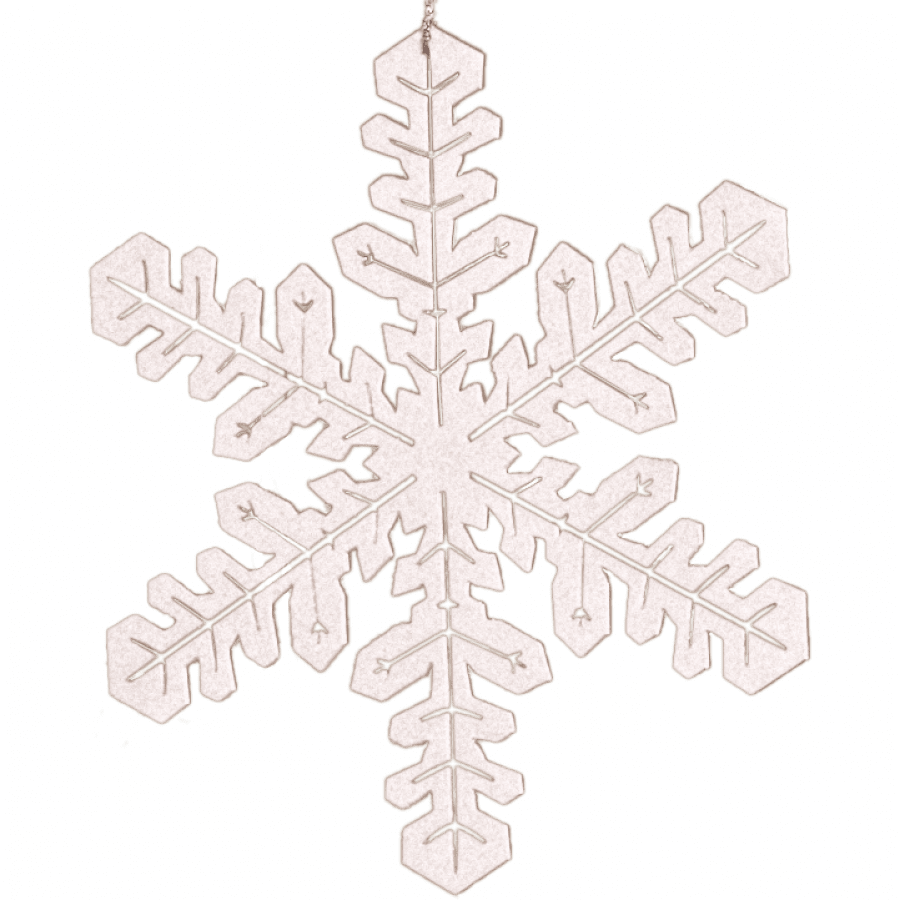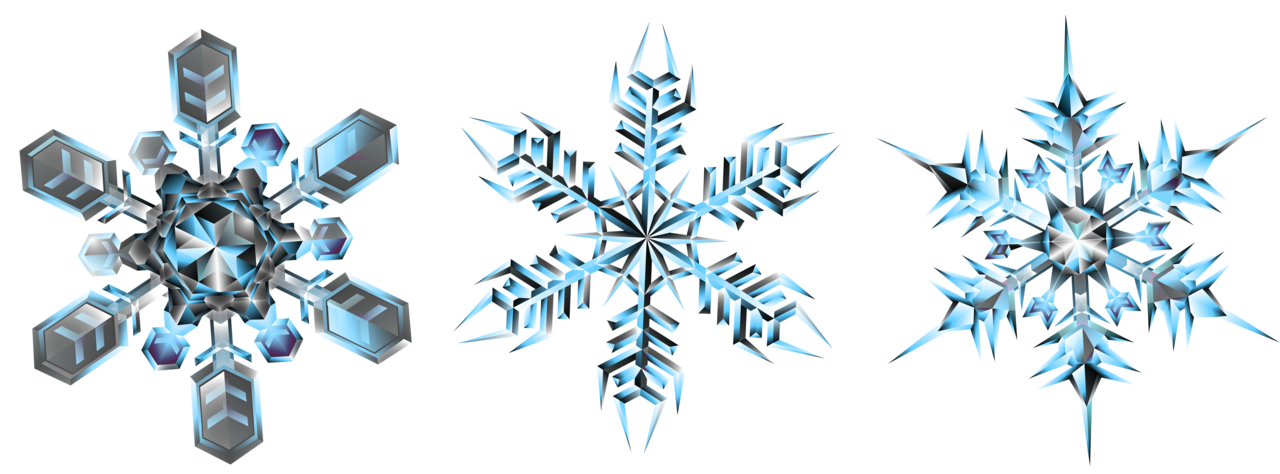Snowflakes have an ethereal beauty about them. As unique crystalline ice structures formed from water vapor in the clouds, no two snowflakes are exactly alike. Capturing the visual magic of snowflakes has fascinated humankind for centuries. Intricate snowflake clipart and detailed scientific snowflake illustrations allow us to study their geometric designs and temporary splendor up close.
The Uniqueness and Short Life of Snowflakes
Snowflakes begin forming when extremely cold water vapor particles join and freeze into ice crystals in the clouds. As more water vapor adheres to these crystal “seeds”, their shape begins to become more and more intricate. Different factors like temperature, humidity, air currents, and even air pollution levels in the clouds the snowflake falls through all contribute to its one-of-a-kind shape. No two snowflakes, even if formed side-by-side in the same cloud, will be exactly the same.
Once fully formed, most snowflakes only take about an hour to fall from their cloud to the earth below. At warmer temperatures nearer the ground, the delicate snowflake crystals often partially melt and fray at the edges. Most snowflakes only maintain their picturesque shape perfection during their brief freefall from the clouds.
Sometimes many smaller snowflakes will congregate together into large snowflakes that make for a pretty sight but with a fuzzy, less defined shape. Gentle and perfectly formed individual snow crystals present the best opportunity for detailed study and snowflake clipart.
Snowflake Shapes and Symmetry
The intricate shapes that snowflakes can take seem almost supernaturally artistic. Yet the processes behind their formation follow strict mathematical principles. As water vapor freezes onto the initial ice crystal seed, it builds outward following basic hexagonal symmetry shaped by the water molecule’s molecular structure.
Most snowflakes exhibit sixfold radial symmetry with elaborate branched patterns that resemble leaves, needles, prisms, and pillars. The most common snowflake shape is the hexagonal stellar crystal. Thin plate and columnar snowflakes also display stunning geometric designs.
Dendritic snowflakes have fern-like branches, often forming twelve distinctive spokes. The tiniest snow crystals cluster together to create charming grouped snowflakes. Occasionally odd shapes like triangles, pyramids, prisms and capped columns also take shape under exactly the right conditions.
While complex and diverse, all snowflakes share an underlying order and natural symmetry reflecting the intrinsic molecular structure of water. Studying snowflake morphology reveals nature’s hidden geometry. Capturing snowflakes as snowflake clipart allows us to continue appreciating their artistry long after their crystallization in the clouds and fleeting moments of descent.
The History of Snowflake Research and Illustration
The short-lived nature of perfectly formed snowflakes presented a challenge for early scientific study and classification of snow crystal types. In the late 15th century, early snowflake observers made Painstaking snowflake drawings in nature, with the earliest known snow crystal drawings published in Frankfurt, Germany in 1565.
Snowflake drawing and painting accelerated with the invention of the microscope. In 1674, Robert Hooke’s “Micrographia” illustrated some of the earliest microscope-viewed snowflake drawings. Hooke speculated that the diversity and strange shapes of snowflakes might arise from water particles competing during crystallization. In 1739, Georg Wolfgang Kratzenstein pioneered early snowflake photography through an attached microscope, foreshadowing modern techniques.
In 1885, U.S. farmer Wilson Bentley became the first known photographer to capture a single snowflake’s likeness without the aid of a microscope using smart adaptations to early camera equipment. He went on to take over 5,000 groundbreaking snowflake photomicrographs, revealing their diversity and inspiring countless modern snowflake clipart renditions through his revealed views.
Bentley’s famous 1903 treatise “Snow Crystals” contains over 500 snowflake photos and remains the foundational scientific work on snow morphology. Bentley confirmed that no two photographed snowflakes were alike and identified new crystal patterns through his microscopic photography. His cataloged snowflake shapes fundamentally advanced the methodology of modern snow crystal research.
Snowflake Modeling and Clipart Illustrations
Building on microscopic photography, scientific snowflake modeling emerged in the 1930s led by Ukichiro Nakaya in Japan, who established snow crystal morphology diagramming conventions. Nakaya experimentally demonstrated how snowflake shape related to their formation temperature and humidity. By controlling artificial growth conditions in cold chambers, Nakaya’s team elucidated the dynamics behind snowflake type branching patterns and definitively confirmed crystal hexagonal symmetry origins.
Modern computers now enable advanced three-dimensional physics-based snowflake modeling software applications. These can simulate realistic evolving snow crystals exhibiting the extraordinary diversity of possible growth modes and resulting shapes through computational crystallization. Physics-derived computer-generated snowflake shapes offer enhanced realism for derivative snowflake clipart.
Simultaneously, mathematical rules for crystalline polygon and lattice structure emergence such as cellular automata inform generative parametric snowflake clipart design. By tuning growth parameters, virtual snowflake images proliferate through finite algorithmic expansion from simple initiation states into seemingly infinite clipped branching fractals. Emulating nature’s caprice, stochastic and layered image filters further increase snowflake clipart variety once parameterized.
Mirrored fractal geometries enable infinitely recurring snowflake clipart at every scale. Creative intricate snowflake clipart offers novel magic, highlighting winter’s visual splendor through kaleidoscopic polygons and starbursts. Abstract snowflake backgrounds and textures additionally adorn seasonal desktop wallpapers and wrapping paper designs.
The Symbolic Significance of Snowflakes
Beyond scientific interest, snowflakes hold cultural symbolic significance across world religions and folklore. Representing winter, snowflakes signify renewal and transformation, as the old year dies giving rise to the new. In Christianity, snowflakes’ unique sixfold symmetry made them an emblem of purity, divine geometrical perfection Close up snowflake clipart reveals subcellular insight into water’s intrinsic molecular structure through this purity of pattern.
Across faiths and peoples, snowflakes signify individuality, distinctiveness and diversity through their microcosmic uniqueness – no two alike. Snowflakes represent hidden elements inextricably bound together in temporary exquisite harmony. Their evanescent crystallization embodies a singular fleeting glimpse of miraculous beauty echoing life’s ephemeral nature. Snowflake clipart and illustrations capture this ethereal quality for posterity.
Through microscopic photography, scientific modeling and mathematical generative algorithms, snowflake clipart allows us to perpetually enjoy nature’s endless ephemeral creativity on molecular scales. Delicate icy snowflake crystals manifest water’s hidden ordered geometry, giving rise to vast diversity through subtle atmospheric changes. Fundamentally transitory before yielding to entropy’s pull, snowflake clipart immortalizes their magical chance designs for all to marvel at.
Below clipartsign present 57 snowflake clipart images free for design inspiration. Lets download Snowflake Clipart that you want to use for personal uses.


